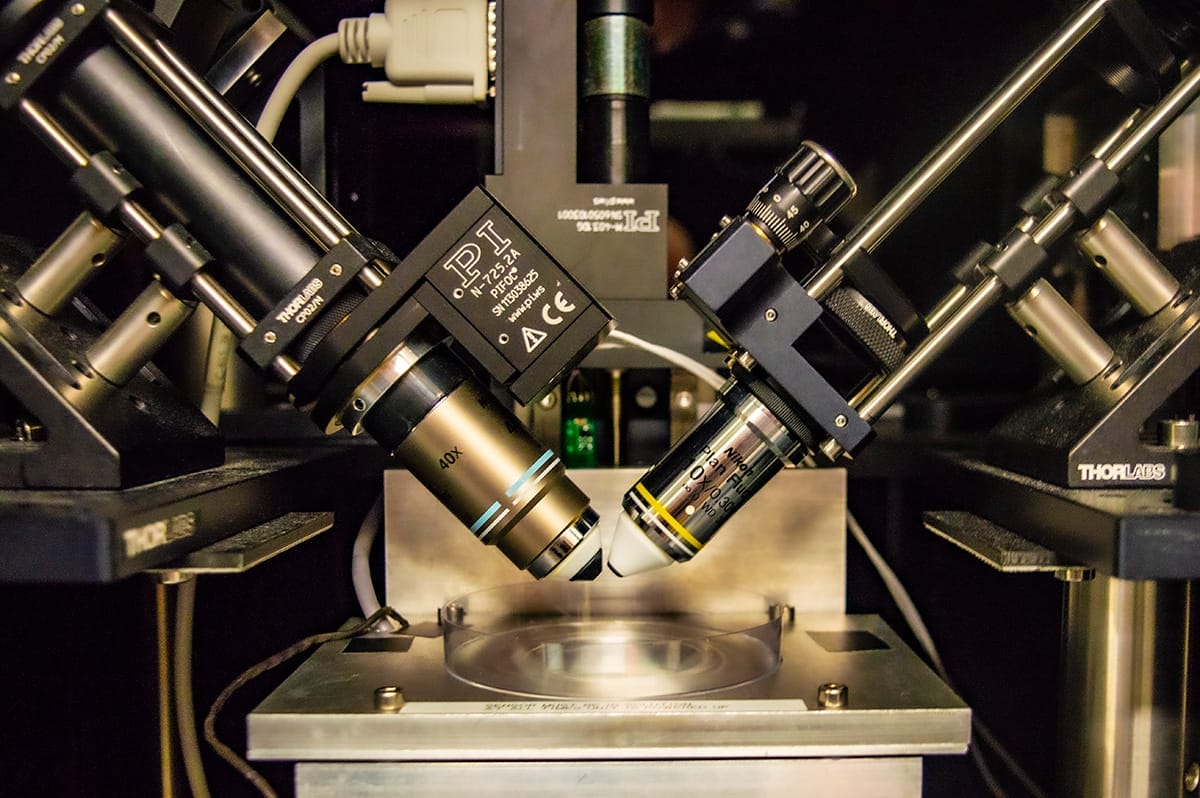Computer simulations are frequently the only biophysical tool capable of providing key dynamic, energetic and mechanistic information, essential to understanding how biomacromolecules perform their functions, as many experimental structural studies only provide a static view at the molecular level. Molecular biology presents distinct challenges for computational models that have so far limited the regimes that are accessible computationally. The aim of ExaBioSim is to determine how exascale computing might be employed to overcome these limitations. Biomolecular simulations aim to simulate ever larger and more complex systems, and we hope not only to add information about the dynamics of individual biomolecules, but also to develop an understanding of how they work together.
The ExaBioSim research team is a community of experts in biomolecular simulation that use High Performance Computing (HPC) with the ambition to build a strong and inclusive community, and to push the frontiers of biomolecular simulations into the exascale era. We collectively represent the diverse range of computations employed to understand molecular biology, from quantum chemistry of enzyme catalysis up to the dynamics of sub-cellular ultra-structures, such as cell walls and organelles, up to the hydrodynamic macroscale.
The following overarching computational questions will be addressed collaboratively by ExaBioSim:
- Needs: Which types of calculations performed both by our academic community and our industrial partners need exascale to answer their research questions; both currently and over the next 5-10 years?
- Gaps: What are the barriers and bottlenecks that are preventing our simulations from scaling up to exascale? Are there important areas of biophysics inaccessible to simulation due to paucity of software tools?
- Opportunities and risks: What can the designers of exascale systems do to reduce those barriers? What design decisions would be inappropriate for our existing codes?
The outputs will be a clear set of design requirements plus a set of “toy” and “showcase” simulations to guide the design of future systems and benchmark them during procurement. ExaBioSim will collectively archive these representative simulations from across our community in a FAIR way, for use by the wider community.


